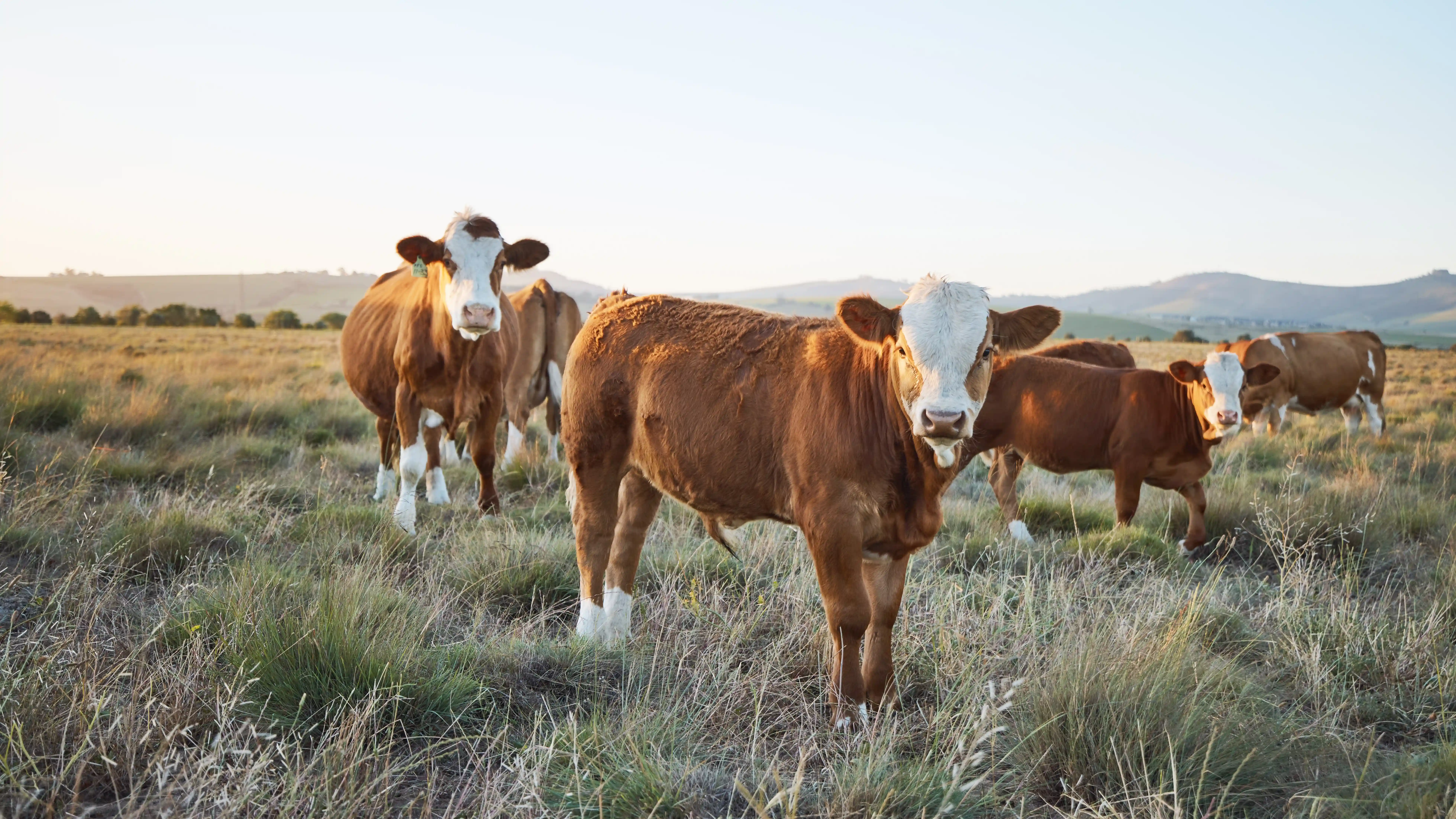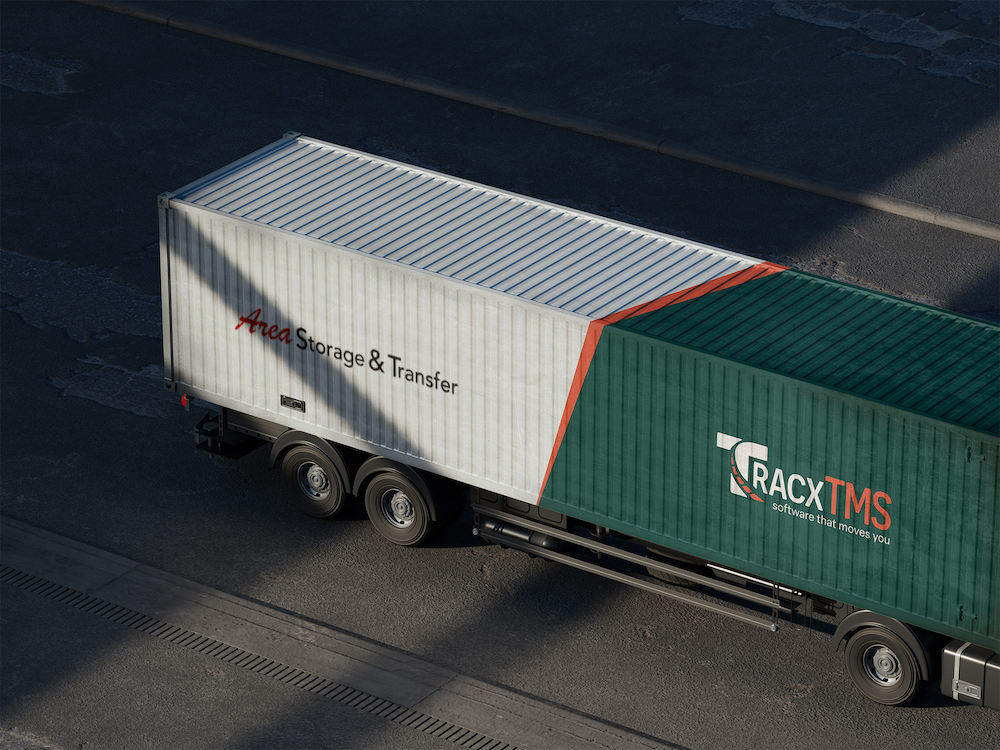
The cattle are loaded, the clock is ticking, and every mile is planned to match welfare limits, border windows, and facility intake times. Halfway through, traffic grinds to a halt. The temperature creeps up. The driver calculates how long before conditions become risky, while dispatch reroutes and confirms a rest stop with fresh bedding is ready and waiting.
To outsiders, livestock hauling might look like trucking with a little more noise in the trailer. In reality, it’s a profession where community runs deep and every decision carries weight. Drivers and dispatchers don’t just move freight; they navigate one of the most complex compliance landscapes in transportations. From driver training and biosecurity prep to contingency plans that keep animals healthy, timelines intact, and reputations safe. The people who do this well? They’re built for pressure.
Why livestock compliance is in a league of its own
Alongside the same rules that govern general freight — Hours of Service, vehicle safety checks, and border procedures — haulers manage a whole other layer of requirements. Animal welfare mandates dictate feed, water, rest intervals, stocking density, and ventilation. Biosecurity protocols prevent disease spread between loads. Traceability rules ensure a documented chain of custody from pickup to transfer of care.
These aren’t just bureaucratic hoops. In livestock hauling, animal condition on arrival is the ultimate performance metric. A missed welfare window or sloppy biosecurity handoff can cost far more than a late delivery. It can mean stressed animals, lost contracts, and a damaged reputation in a tight-knit industry.
Who feels the pressure most
The weight of compliance is shared, but the frontline responsibility falls on the drivers. They assess animal fitness before loading, monitor welfare throughout the trip, log stops, and make judgment calls when heat, cold, or delays threaten the plan.
Operations managers carry their own load, mapping routes around welfare windows, lining up facilities, and ensuring every piece of documentation is in place before wheels turn. And on the receiving end, facilities must be ready to unload on time, with staff and space in place, so animals aren’t left waiting in the trailer.
More than just freight
What sets livestock hauling apart from general freight is the role of human judgment in real time. In freight, a missed delivery slot is usually a service issue. In livestock, it can become a welfare crisis.
Drivers here aren’t just steering a truck, they’re part stockman, part problem-solver, reading animal behavior and making welfare adjustments mid-route. That skill extends to the relationships they’ve built over decades with shippers and processors. Reliability is more than a competitive edge; it’s the standard that keeps the work steady.
Standards that don’t happen by accident
Humane handling, timeliness, reliability, and biosecurity aren’t just checkboxes — they’re the habits that define a reputation. They’re visible in the way a trailer is bedded right every time, even if it means topping up mid-route to keep animals dry and steady. They’re in the choice to load to optimal density, not maximum legal weight, so animals travel comfortably and safely. They’re in rest stops timed to the minute, with feed and water ready, so animals recover quickly and stay on schedule. And they’re in the knowledge of which facilities can unload without delay — along with a backup plan if they can’t.
These standards come from operational discipline that starts well before the day of the trip. Many fleets invest in regular driver training on welfare regulations, biosecurity, and best handling practices, updating their teams whenever rules change. Others track performance data on speeding, braking, and trip timing, then use it to coach drivers and prevent compliance slip-ups before they happen. It’s a constant cycle of preparation, execution, and adjustment.
Where technology strengthens the system
Technology doesn’t replace the skill that keeps animals safe, and customers satisfied. But the right tools are a game changer when it comes to doing this job.
A Transportation Management System (TMS) gives drivers instant access to trip plans, welfare reminders, and digital logs, so paperwork doesn’t slow them down when conditions change. For operations, it aligns routes with welfare rules, facility readiness, and weather conditions in real time. And for the business as a whole, a good TMS designed specifically for the livestock business keeps every compliance record in one place and ready for an inspector, a customer audit, or a border agent.
When good technology handles the details, the people on the ground can focus on the animals, the timing, and the road ahead.
Adaptability is the real edge
Adaptability has always been the strength of livestock haulers. It’s what’s carried them through market shifts, regulatory changes, and industry crises. The fleets that will lead in the years ahead are the ones pairing that adaptability with tools that make it faster and less risky to pivot.
Keeping the wheels turning
Livestock haulers are built for the long haul. They’re experts in running compliant, high-performance trips under conditions most sectors will never face. The right systems don’t change that, they make it easier to keep doing it, trip after trip, mile after mile. Because when you’re hauling the highest-stakes cargo on the road, everything you run — from your trailer to your technology — should work as hard as you do.
